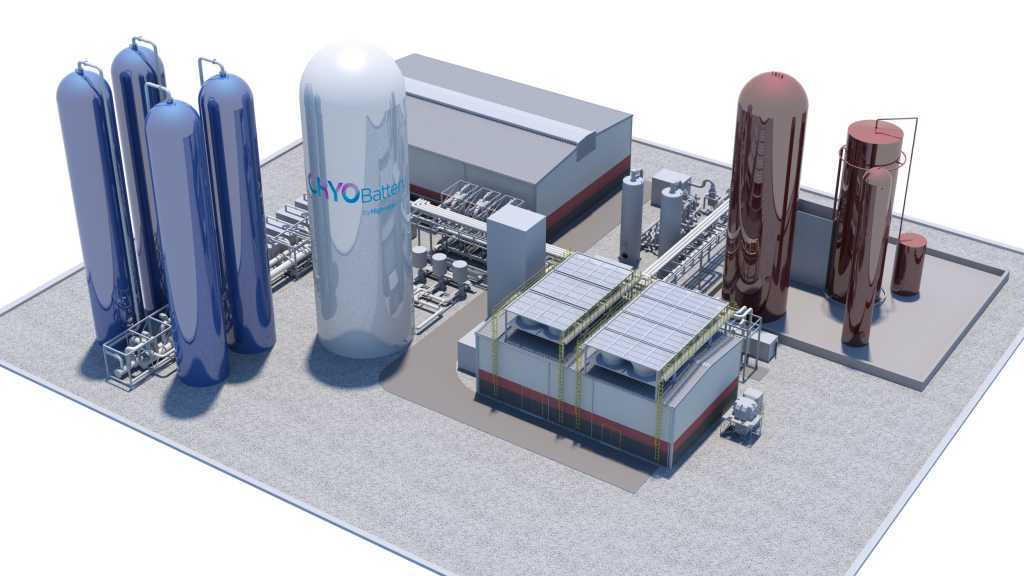The British company Highview Power has received the necessary financing to start the construction of what will be the most massive liquid air battery in the world. A system with enormous potential for backing up the electricity grid will make the most renewable energy sources and serve as an alternative to forms of production that use fossil fuels.
This plant will be supported by £ 10m from the UK Department of Energy, for a total budget of £ 85m, which will advance one of the most potential storage technologies on the market.
This will have a 50 MW system backed by a series of tanks with a total capacity of 250 MWh. A figure that we can compare with the 129 MWh of the so far largest installation in the world carried out by Tesla in Australia.
The new British plant will power up to 200,000 homes for five hours, in addition to having the capacity to store energy for several weeks. A technology that its managers also indicate has costs that are plummeting.
How a Liquid Air Battery Works
The system consists of two phases, the one corresponding to storage (charging) and the subsequent energy recovery (discharging). In the charging period, the energy extracted from renewable sources is used to liquefy atmospheric air that will be stored at around –190º C in a thermally insulated tank. In the discharge phase, part of the stored energy is recovered by evaporating the air and expanding it in various turbines.
According to industry experts, the estimated costs that this technology offers are high, with estimates of a price of 168.80 dollars (150 euros) for MWh for energy, and 56.27 dollars (50 euros) for MWh for storage. A competitive alternative to others, such as those for hydraulic pumping and compressed air.
For those responsible for this initiative, “There will surely be a need to use one or more of the medium to long-term electricity storage technologies to fill a gap in the market, and liquid air energy storage (LAES) is up to the task. as an option due to its technological maturity, it allows it to be an option in the short term, compared to other alternatives such as hydrogen in the development phase.”
Construction of the facility is expected to begin later this year, and it will enter commercial operation throughout 2022. It will use existing substation and transmission infrastructures and base its business model on various markets, including arbitration (purchase of electricity when prices are low and sell it when prices are high), network balance, and auxiliary services such as frequency response and voltage support.
An infrastructure with an estimated useful life of between 30 and 40 years, which will undoubtedly become a new symbol that a 100% renewable system is possible. It also shows us that it will be necessary to make substantial investments to develop a wide variety of supporting elements that guarantee a sustainable, economic, but also reliable electricity supply.

